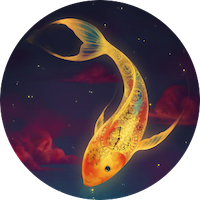No one can deny the critical importance of innovation in the life of any organization. . . There are numerous success cases of entities that are continually reinventing themselves, not only in terms of generating new products or services, but also in creating new business models, more efficient processes, new ways of doing things -in general- since innovation is everywhere; entities that are aware that innovation is a must before time runs against them. . .
It has been a trend topic for many years and we can find endless processes and methodologies that help organizations innovate, which sometimes may make it appear a quite sophisticated thing. . . But actually, innovation is nothing more than being able to connect the dots. . . having a clear and a calm mind could be our greatest ally in this process, so it can result in something that generates real value.
Innovation is a process that comes from ideas, and even though an idea is something difficult to describe, we can say that ideas are simply a connection of our referents. If we think of a referent as stimulus, knowledge, culture and all those references that provide new points of view and accelerate and multiply the creative process; it may seem that the way we connect those referents is key to come up with something that has relevance and generates value . . . an innovation.
James Webb Young said that “an idea is nothing more or less than a new combination of old elements; the capacity to bring old elements into new combinations depends largely on the ability to see relationships. . .” What James Webb Young describes as the ability to see relationships is just the ability to become aware, and this ability could be triggered by having a present mind, calm and clear and free of any clinging.
Therefore, regardless what process or methodology has been chosen to manage innovation, there are three elements that seem to be decisive in any innovation process. The first one is to gather as many referents as you can, because nothing comes from nothing, hearing experts, looking for referents in your industry, in other fields and in other industries. The second is to have a present mind, free of any clinging so you can become aware of all possible connections; and the third one is to be fearless because just as a clear and calm mind could be the greatest ally of any innovation process, fear is -with no doubt- our greatest hindrance. . .

